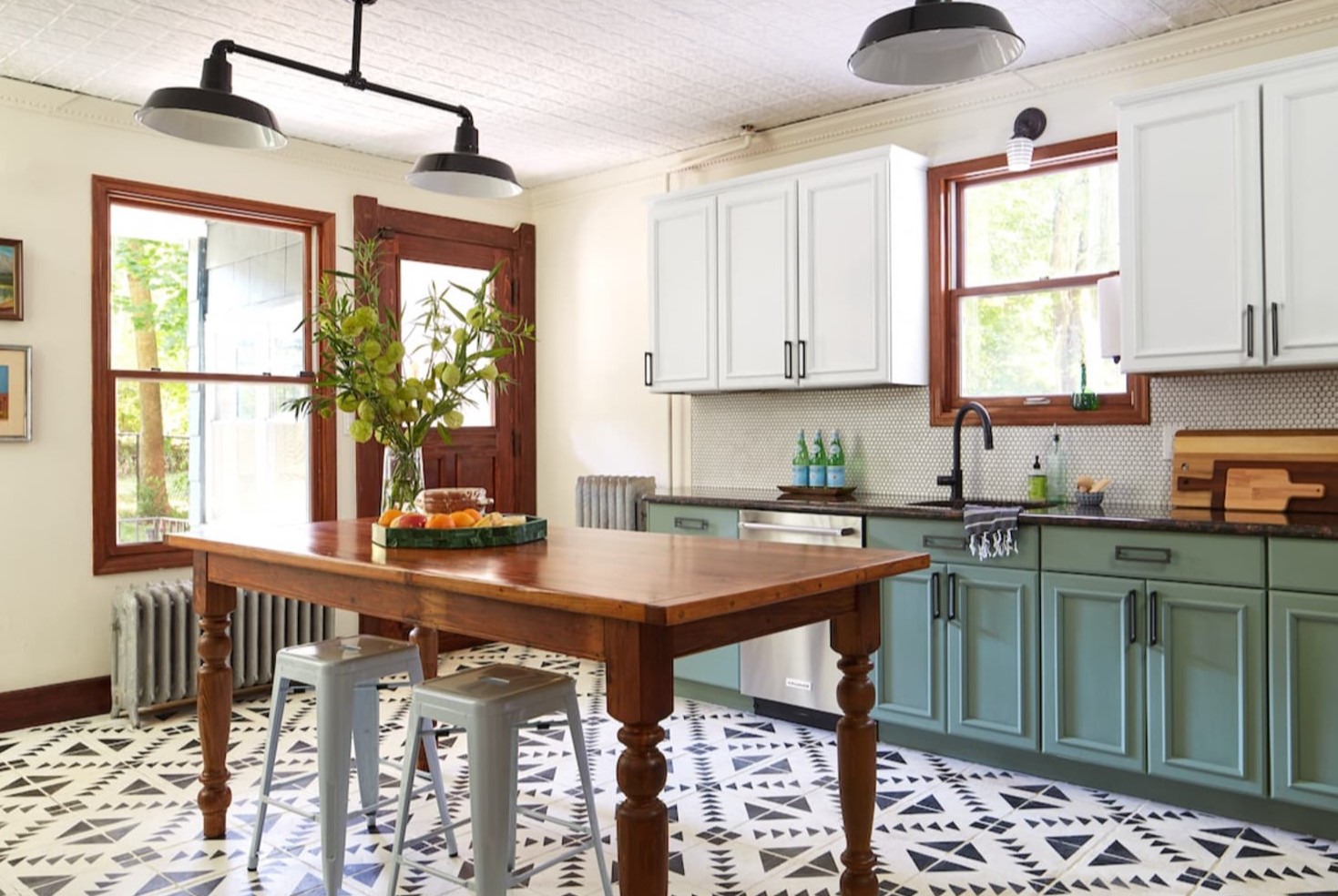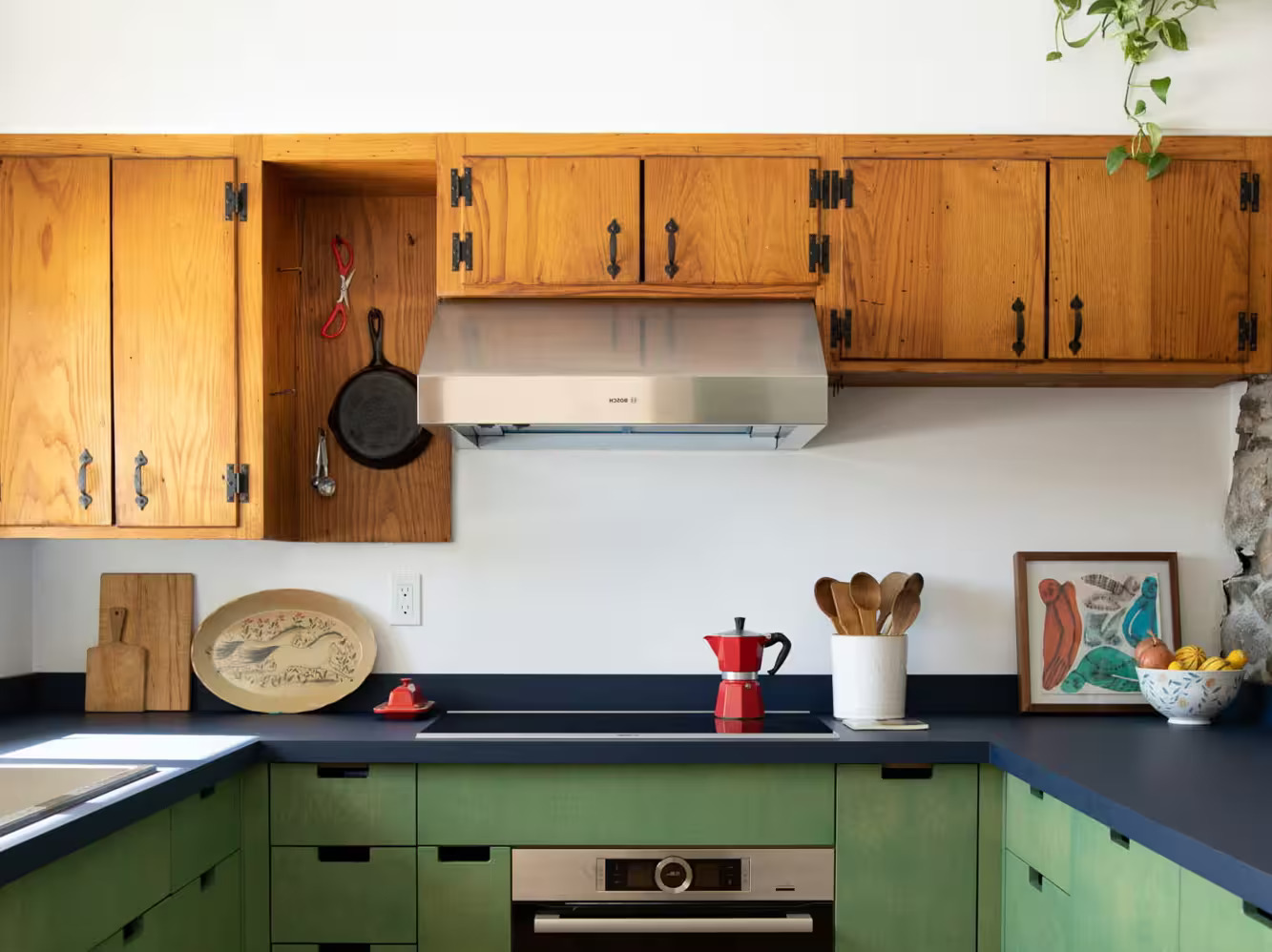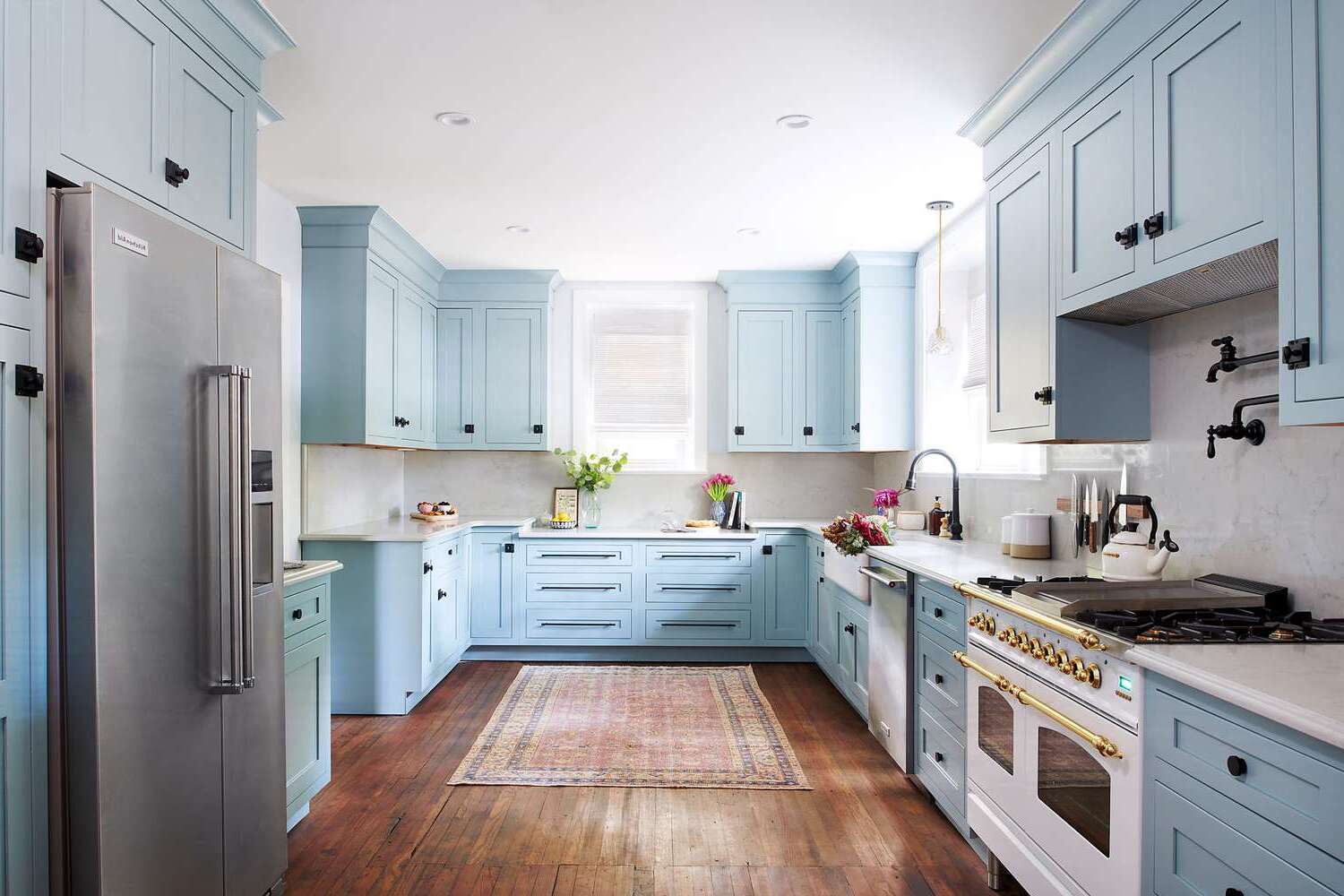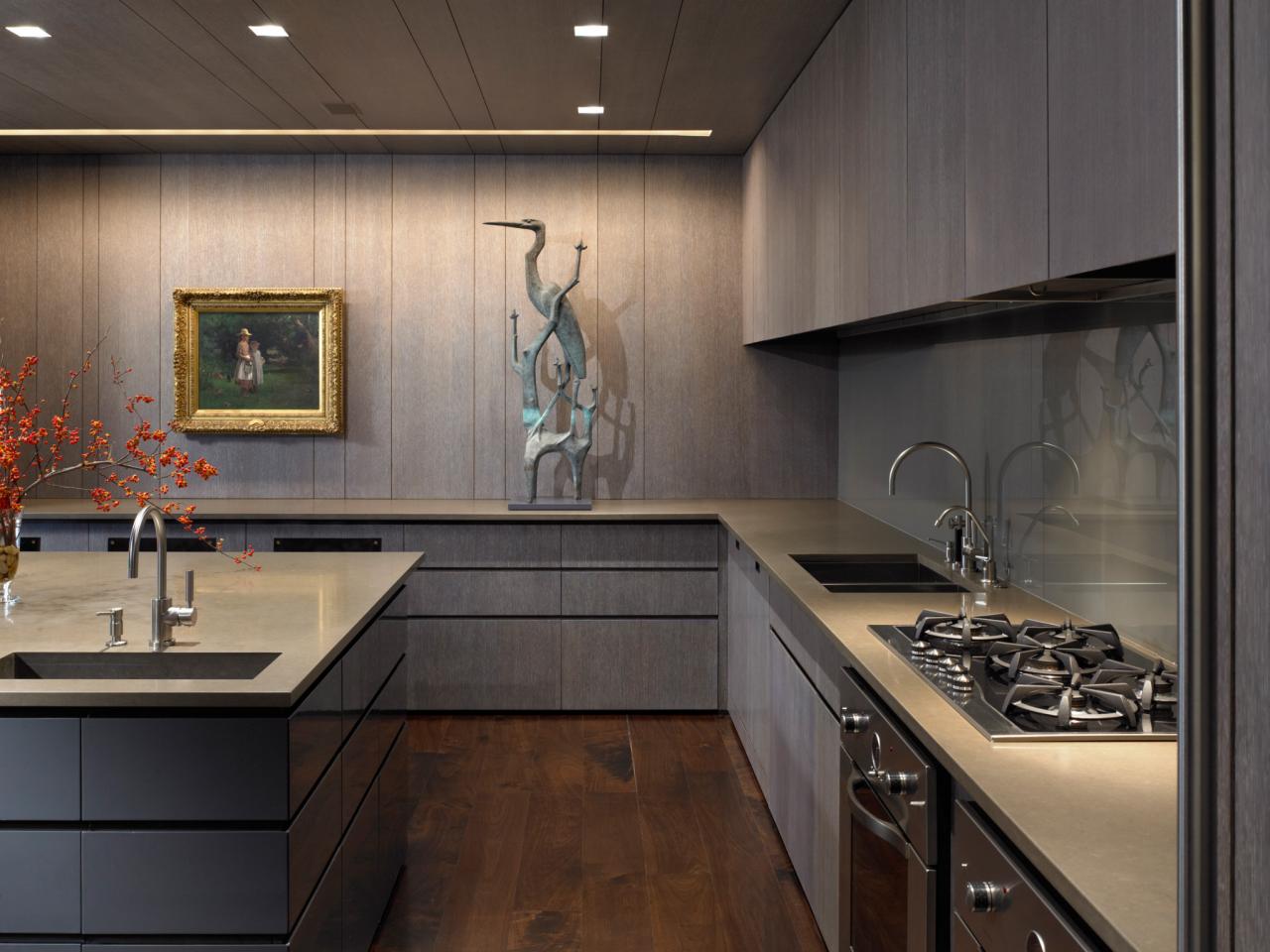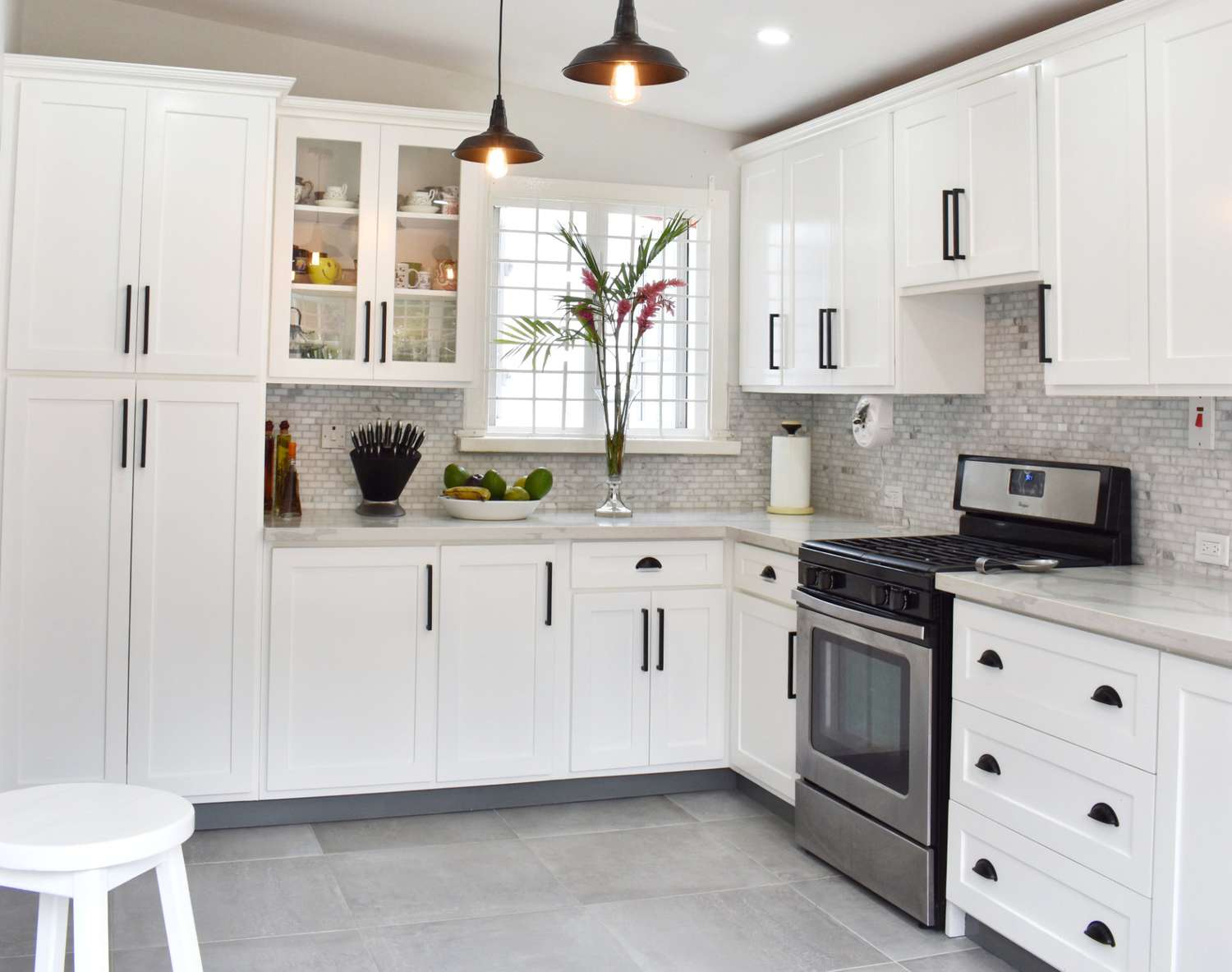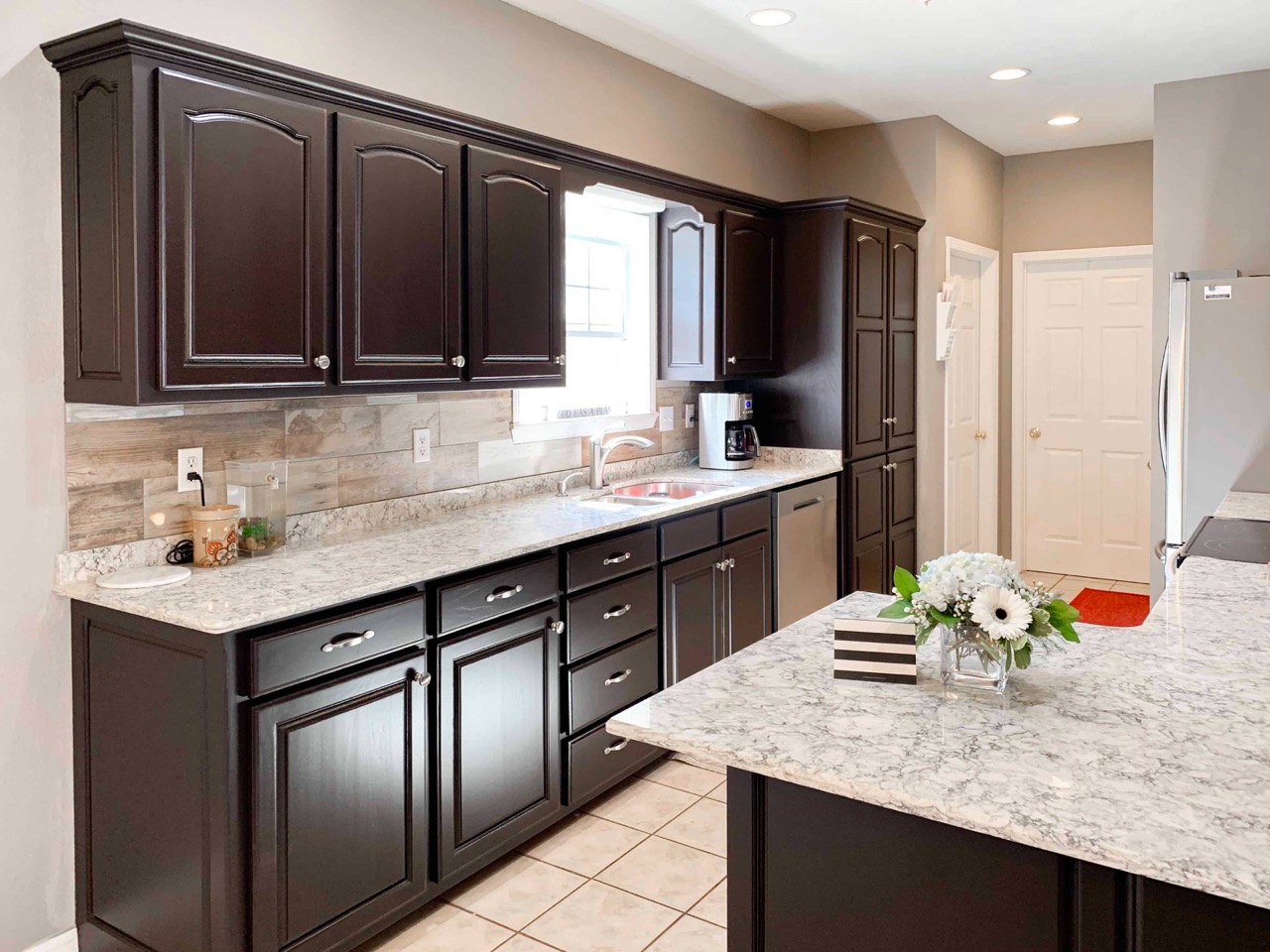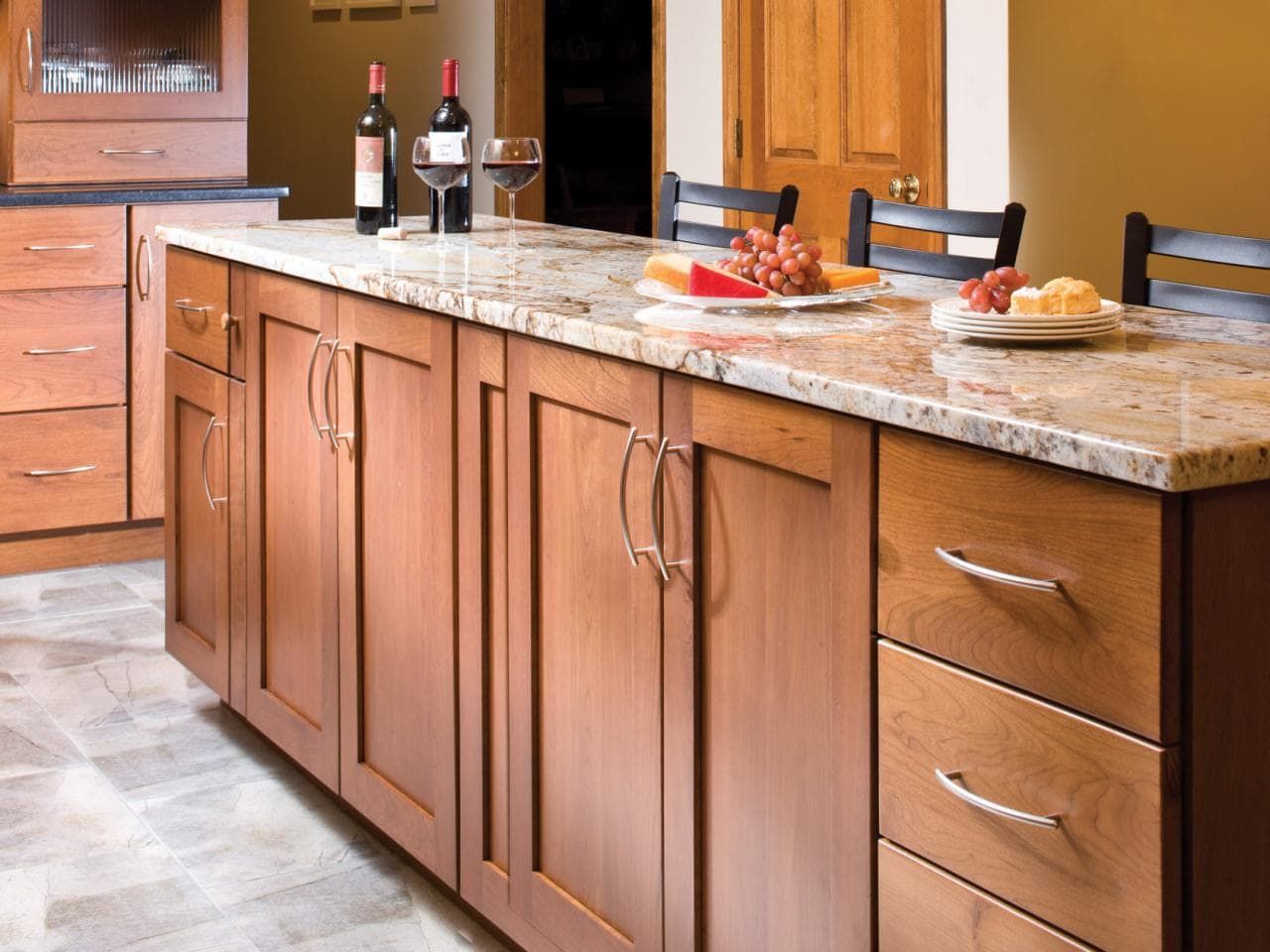Home> Kitchen Cabinet Design
Kitchen Cabinet Design: Unleash Your Creativity with Top Trends
Discover the latest in Kitchen Cabinet Design and create a dream kitchen that suits your style. Get inspired by top trends, tips, and ideas now!
How To Choose The Right Paint Color For Your Kitchen Cabinets
By: William Harrison • Ideas and Tips
Kitchen Color Ideas: 25 Color Schemes For Your Kitchen
By: Emma Thompson • 45 Best Kitchen Storage Ideas You Can't Miss Out On
What Color Should I Paint My Cabinets If My Walls Are Gray?
By: Sophie Thompson • Interior Design
What Is The Best Color To Paint Kitchen Cabinets?
By: Samuel Turner • 45 Best Kitchen Storage Ideas You Can't Miss Out On
15 Wood Kitchen Cabinet Ideas – The Best New Ways To Use Timber
By: Alexander Johnson • 45 Best Kitchen Storage Ideas You Can't Miss Out On
